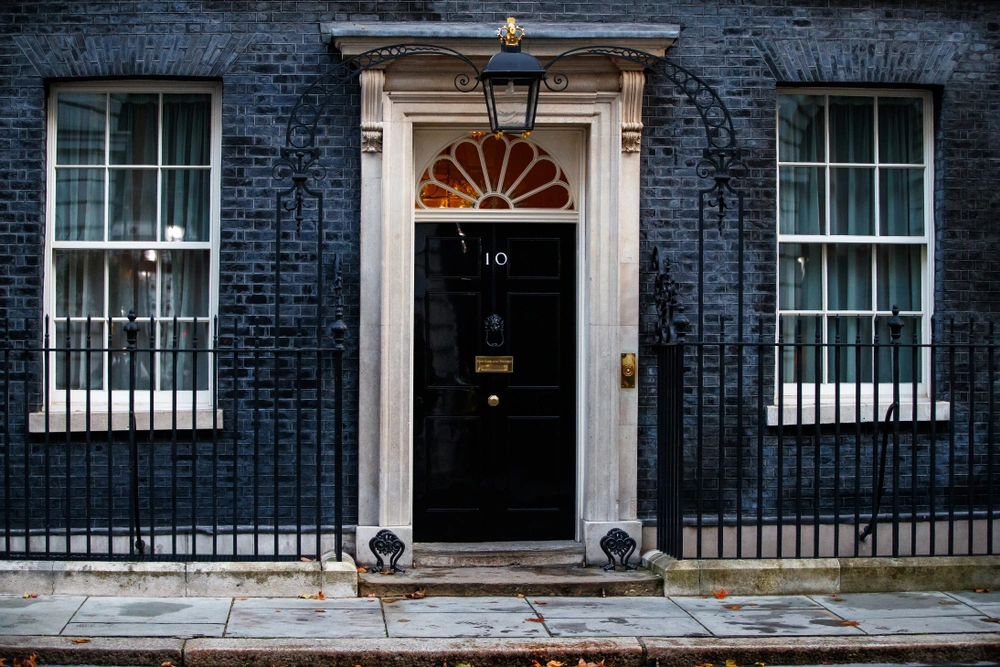We’re sharing our tips on how you can take any financial goal and break it down into manageable tasks that feel (and genuinely are) realistic.
1. Write down your goals to stay focused
It can be all too easy to set a goal and lose track of why we wanted to achieve it in the first place.
Writing down your goals and why they’re important to you on a piece of paper helps with accountability and reminds you why you’re doing this.
Your goals will be personal to you, but some of the most common include:
- Clearing debts
- Saving up for a holiday
- Saving for a house deposit
- Saving for a large purchase
Whatever your goal is, make it easy to see. Stick it on the fridge or the bedroom mirror. Or write it down on a calendar or in your diary. You could even put it in your everyday bag to make you think next time you go to buy something you don’t need!
2. Break it down into smaller goals
Some goals are going to be bigger than others, like saving up for a house deposit or your dream wedding. However, if you don’t break these down into smaller, more manageable goals, they can soon start to feel unachievable. By setting milestones along the way, you’re much more likely to reach your big goal without becoming overwhelmed by the big amount of money you need to get there.
Instead, start smaller. By committing to saving a small amount of money every day, week or month and focusing on that, you’re much less likely to become overwhelmed. We're looking at small, stress-free savings here that easily fit into your budget and won't affect your day-to-day life.
Saving on this small scale is called 'microsaving' and it's a great way to build up a starter pot.
There are also apps that will sort your microsaving for you (such as Plum or Cleo). These AI-powered apps can round up change from your purchases and put it in your savings, among other fancy features.
3. Having mini deadlines along the way helps
Do you want to achieve your goal in three months, six months, or longer?
It helps to set a realistic timescale so you’re not overstretching yourself. Having regular checkpoints to reach along the way will help you stay motivated and makes the end goal feel more achievable.
Other than helping you to stay enthusiastic about your goal, having these checkpoints also allows you to constantly adjust your approach if needed. This way, you can save less, or more, depending on where you are financially at the time.
Short term money goals you can set
If you need some inspiration to get you started, you could try:
Cutting out unnecessary spending for a month
This means only buying necessities for the next month. Bills, mortgage or rent, car payments, food shopping, etc. Avoid any unnecessary online shopping, takeaways or impulse buys. If you tell yourself you’re going to stick to this for the next month only, it’ll feel like a challenge rather than a lifestyle change which can make it more achievable.
Jotting down all your spending for a month
Even after cutting out non-essentials, you might be surprised at what you spend money on without thinking. It can be a big help to write down everything you buy, no matter how small or insignificant it seems at the time. At the end of the month have a look at your total spend and see what else you could cut down on. For example, you might be able to save money by switching to alternative providers for your car insurance or broadband.
Starting your emergency fund
Ideally an emergency fund should cover roughly three months' worth of expenses, but this can be quite a lot to save. Set yourself a goal to kickstart it properly with a deposit, then add to it regularly. Make sure what you save works for you. You could top it up by £25 each month, or more if you can afford to. Keep this money separate from your other savings as it’s only for use in case of a financial emergency.
Prioritise your debts
This one’s slightly broader, but if you want to get on top of your finances, combating debt is a huge part of it. For example, if you have a lot of credit card debt, focus on paying this off as your new financial goal. If the debt is spread over multiple cards, it may be wise to tackle those charging the highest interest rates first. The most important thing is that you make the way you repay work for you and your budget. Use a repayment calculator to work out how long it will take you to pay off the debt, based on your affordability.











